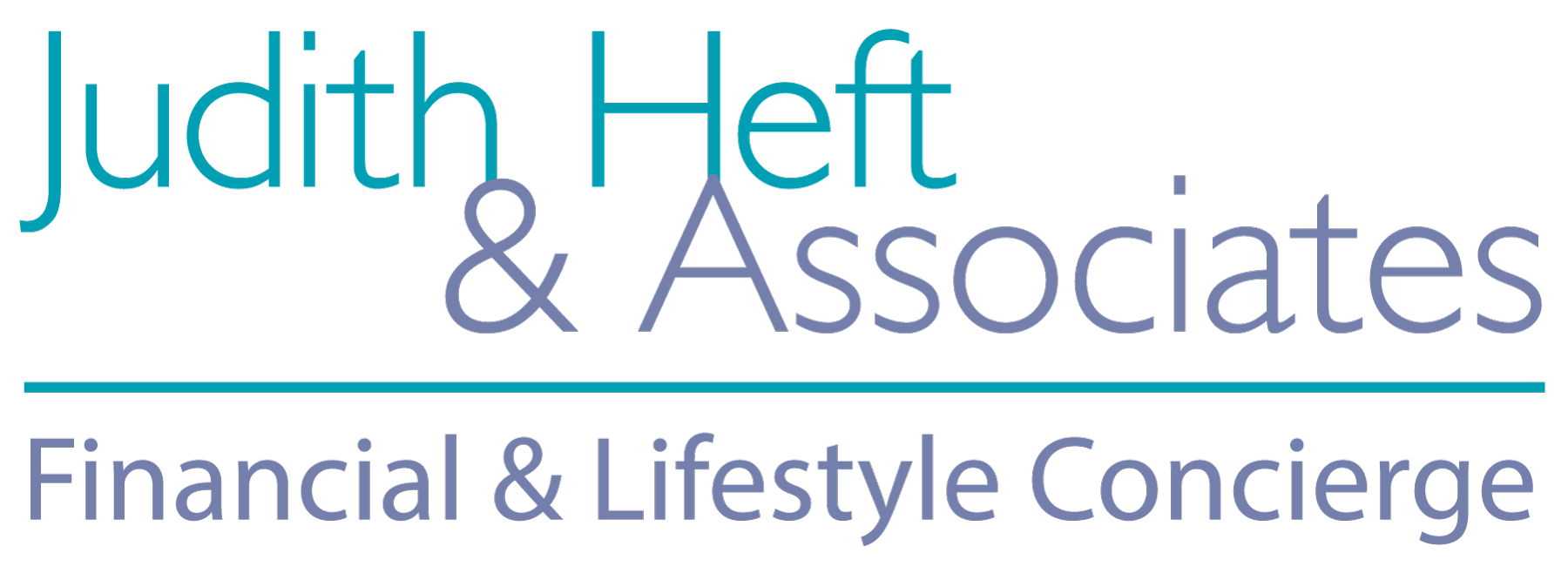When thinking about credit, it’s important to know the range of scores that the three major reporting agencies give out, and where you fit in.
- 850: This is the top credit score. Very few people are 850s.
- 700 or greater: Anything in this range is considered excellent credit.
- 658 to 700: This range is where most Americans fit in.
- Below 658: Consumers with ratings below 658 might begin to see lenders asking for extra documentation, or they may be denied further credit.
It’s important to know that the three credit-reporting agencies—Equifax, TransUnion, and Experian—have different methodologies in calculating your credit score, and it may vary between them. For instance, a 750 on Experian may translate to a 710 on TransUnion, etc.
If you’re trying to improve your credit, there is one overarching principle lenders like to see: a consumer who uses credit, but not too much of it. How do they determine that? Your credit score is broken down into several categories.
You probably already knew that your payment history, amount owed, and length of credit history were factors in your credit score, but many people are surprised to learn about the credit mix category. Lenders want to know what kind of credit you are using; to them, a mortgage is a lot different from a store credit card. Here is an excellent resource to learn more about how and why credit reporting agencies make these distinctions.
Lastly, it’s time to turn our attention to the less savory aspects of credit reporting. Sometimes the credit agencies make mistakes, and it can be a real nightmare. It may be helpful to read a post I wrote way back in 2013 called No Benefit of the Doubt in Credit Reporting. It contains useful information about correcting credit mistakes. Here’s a preview: Be patient.
Improving your credit score is possible, but it requires discipline and consistency. Having someone else to be accountable to helps you achieve this. For more information about money coaching, contact me.


Recent Comments